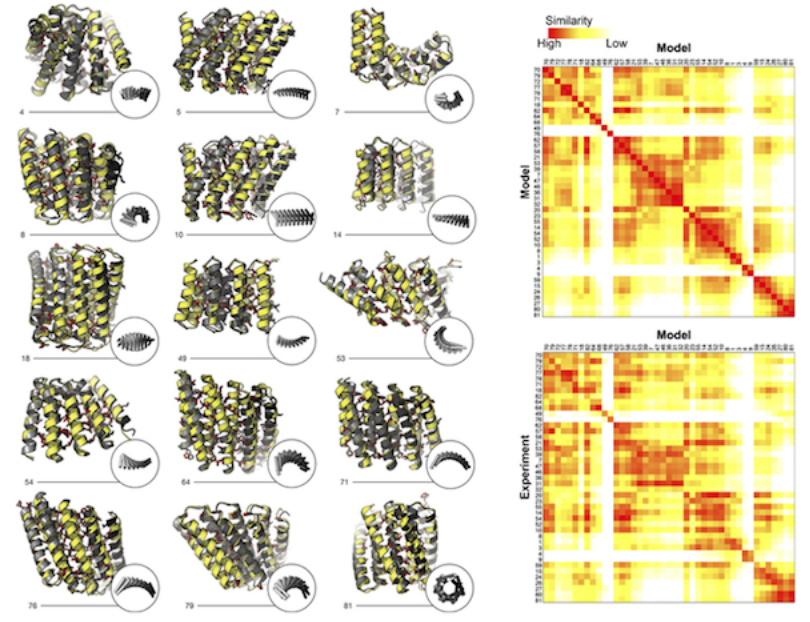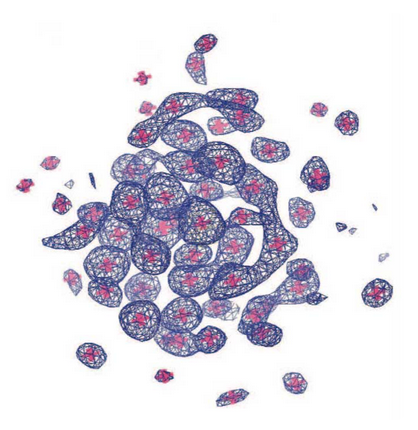7th Annual SIBYLS BioSAXS workshop 2016
We are pleased to announce the 7th annual SIBYLS bioSAXS workshop: **Date**: October 4th – 5th, 2016 **Location**: Advanced Light Source (ALS) at Lawrence Berkeley National Laboratory, Berkeley, CA **Description**: The 7th annual SIBYLS bioSAXS workshop will cover frontiers in Biological SAXS. The two-day workshop will provide participants with software tutorial sessions for biological SAXS…
Read more







